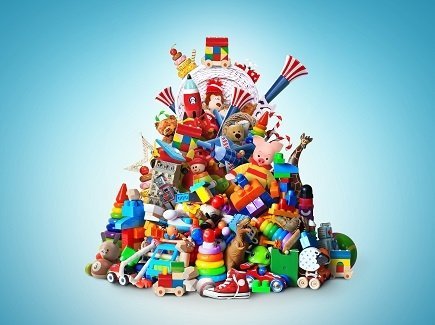There’s a reason that, once you plunge your hand into a bag of Cheetos and crack open a can of Coke, you have a tough time controlling yourself until it’s gone.
Because so much junk food is created artificially, it can be engineered to be addictive. Combining the right amounts of sugar, salt and fats targets the pleasure center of the brain – researchers call this the “bliss point” – and leaves you craving more. Your favorite foods are, quite literally, hard to resist.
So, how are some of your go-to snacks created? It’s all about engineering that flavor that keeps you coming back. Here’s the engineering behind junk food.
1. Cheetos

Your favorite part about Cheetos may be that they’re lighter-than-air. That’s called vanishing caloric density. Cheetos melt in your mouth so quickly that your brain is tricked into thinking it’s barely eating any calories. They get this unique texture when cornmeal is rubbed between two metal plates, which causes the starch to heat, eventually passing boiling point, and popping into its distinct shape. These pops are fried in piping hot vegetable oil, making them simultaneously crunchy and light. These little morsels are prime examples of a junk food that has been so masterfully engineered that you could eat them for days.
2. Kraft Macaroni & Cheese

Most of your bowl of mac and cheese is easy to explain – some noodles plus a little milk and butter to taste. But what exactly is the bright orange in the packet, and why do you feel strongly about having it over any other brand? Well, it’s not completely unlike the powder that dusts Cheetos once they’ve been fried. Like any food dust, cheese dust is created by spraying a liquid form of that food into a chamber before blasting it with hot air. When the liquid evaporates, a dry particle is left behind. Fun fact: according to Fundamentals of Cheese Science (yes this book exists), processed cheese powders became a staple for WWII soldiers, who were able to enjoy perishables well beyond their normal time frames.
3. Coca-Cola

Coca-Cola takes great strides to make sure each bottle of soda tastes the same. Bottles are first filled with water, then refined sugar. Next, Coke’s secret formula is added to the mix, to be finished off by some caramel coloring. Mix thoroughly, and complete by adding carbon dioxide for the fizz. So what about that secret formula has you heaving 12-packs of Coke home from the grocery store once a week? Michael Moss, author of Salt Sugar Fat: How the Food Giants Hooked Us, points to the subtle engineering of flavors. Food and drink like Coke contain “complex formulas that pique the taste buds enough to be alluring but don’t have a distinct, overriding single flavor that tells the brain to stop eating.”






Leave A Comment
You must be logged in to post a comment.